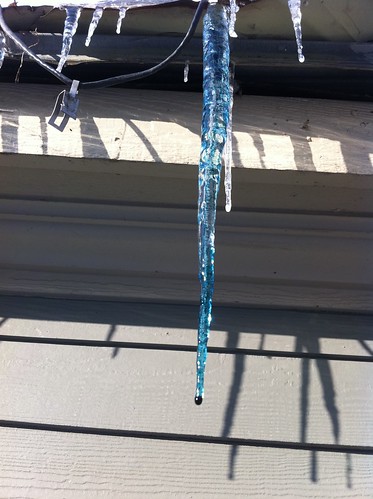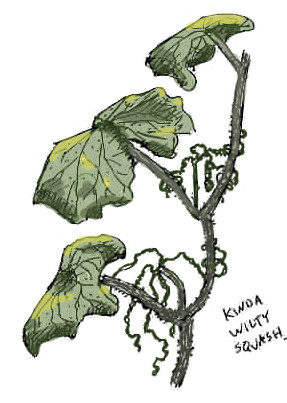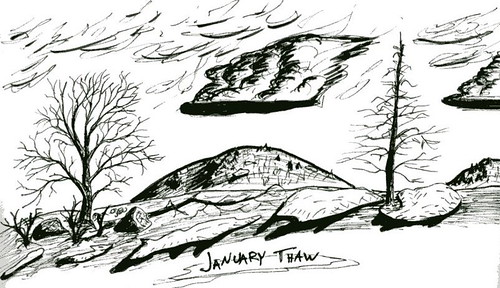Los Angeles is bounded to its north by large, steep mountains. They are some of the fastest rising mountains on Earth, as described by John McPhee in
The Control of Nature. Add to this equation crumbly rocks and potentially torrential winter rains. What do you get? Millions and millions of tons of debris washed out of the mountains after every storm.
When you drive north from downtown Los Angeles, you head upward, slowly. Much of what you are ascending is the alluvial fans comprised of debris from the San Gabriel Mountains. I've heard it said that the debris is piled miles deep at the base of these young mountains. Large washes, as seen
in this map from 1880, traversed the valleys, and filled with water and debris during storms.
When the city and its sprawling suburbs were built, there was no room for wandering washes. Fredrick Law Olmstead, the creator of Central Park, recommended leaving wide spaces for the rivers to wander through during floods. The rest of the time, they would act as parks and open spaces. But, instead, the washes were put into concrete ditches. The concrete ditches couldn't handle the debris and rock from the mountains, so a series of debris basins was constructed to trap it all.
A large, steep, tectonically unstable mountain range sheds a lot of sediment. It doesn't help the situation, either, when the deep-rooted vegetation is replaced by shallow-rooted invasive weeds, when the fire frequency is greatly increased, or when poorly-designed roads and firebreaks
slash across the hillsides and cliffs. The rate of erosion is increasing, the debris basins keep filling up, and someone has to find something to do with all that debris!
It's a tough call. There are lots of old gravel quarries nearby (some people apparently WANT debris since that is what the quarries are digging up) and landfills often need fill material as well. But, residents in the area don't want to listen to trucks driving by, carrying all the debris (even though doing this is the only reason they can continue to live there). So instead, it is all
getting dumped on 11 acres of now-rare alluvial oak woodland next week.
I really don't believe that people couldn't have found a better option than that.
Stories like this make me glad I left California. It was just too heartbreaking to watch so much of what I cared about and loved being destroyed. It still is, even from afar.








